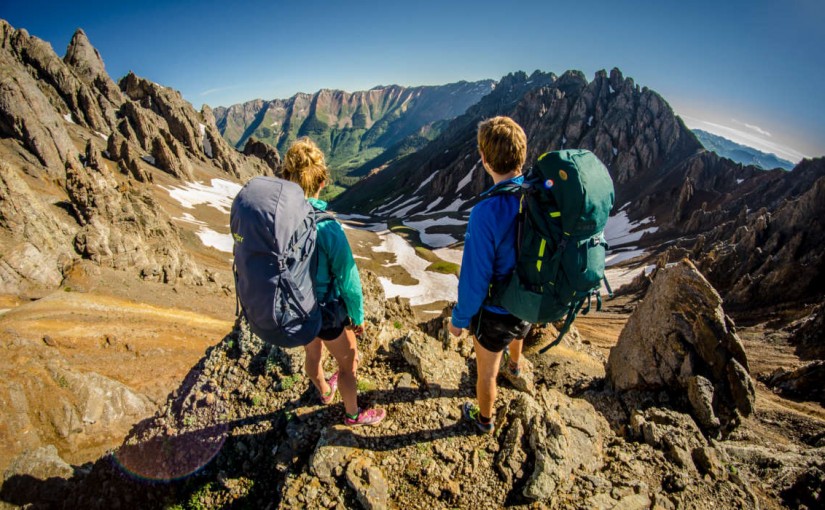Dick started to sell them to friends and family, and quickly built up a following that allowed them to start a part time business in 1952 now known as Kelty.

Dick hand formed and welded each of the packs frames in his garage then passed them off to Nena ,who sewed the bags.
Back then their packs sold for 24 dollars and gas was 20 cents per gallon. Here’s a pack from 1969.

Fours years later Dick quit his daytime job as a carpenter and became a full time backpack builder guy. He did what any ex-carpenter turned backpack builder would do, he bought an old barber shop in Glendale, California and converted it into his first retail store and factory.
About 10 years later, Kelty had grown into an authority in the outdoor pack world. In 1963 Kelty packs were used exclusively on the first American ascent of Mt. Everest’s West Ridge.
In ‘66 National Geographic took Kelty packs on the Antarctica expedition.
If that’s not enough to prove their quality, they also were used on the American ascent of K2 in ‘75. There, that’s enough.

There was one space that Kelty needed to fill outside of extreme adventure: family camping. Starting in the 70’s, Kelty started making other products: daypacks, internal frame packs, apparel, and sleeping bags.
Not only did they branch into other products, but also different sizes that fit women and children. And to fit everyone in the same tent, family size became available.
In only 63 years of business, Dick and Nena Kelty were able to turn Kelty from an out of garage hobby into gear that can summit Everest and K2. The key to their success? Make gear built to endure.
Here’s a cool video.
